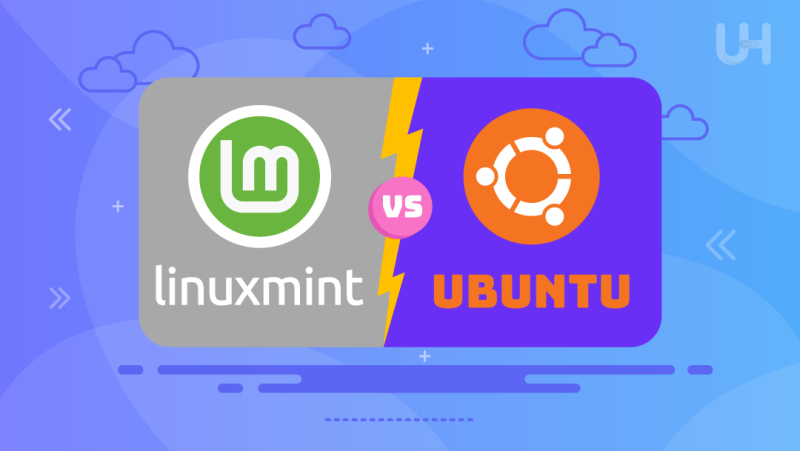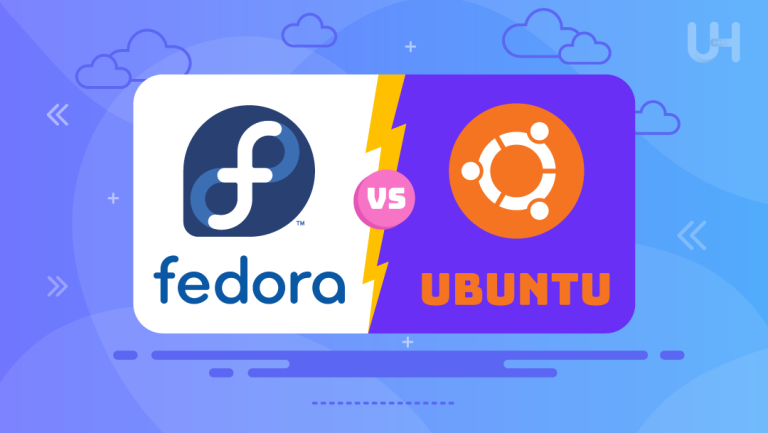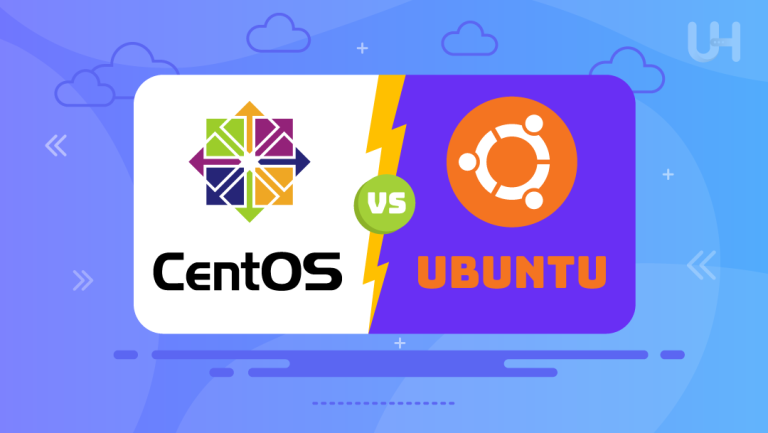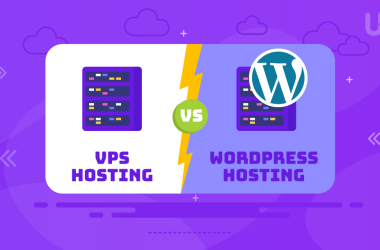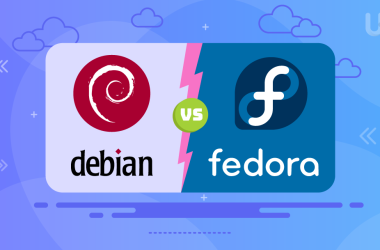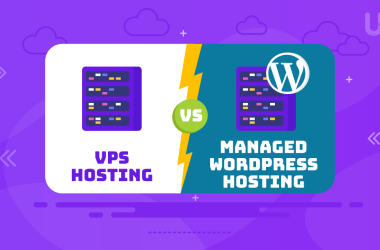One of the most common comparisons while entering the Linux operating system is between Linux Mint vs Ubuntu. They are, in equal measure, famous distributions with different features, pros, and cons. Being two of the most commonly used distros of Linux, they target different user preferences and needs.
If you are deciding between Mint or Ubuntu, this guide will help you understand what each has to give and which might be best for your requirements.
What is Linux Mint?
Linux Mint is a community-driven Linux distribution and is based on Ubuntu and Debian. The aim is to present a modern, elegant, and comfortable operating system that is both powerful and easy to use. It is popular for its user-friendliness, out-of-the-box usability, and fabrication toward adoption by those new to Linux and even senior users looking for no-nonsense, hassle-free usage.
Key Features of Linux Mint
- User-Friendly Interface: Linux Mint uses a traditional desktop with a Start menu, making it much easier for Windows users who want to switch over.
- Cinnamon Desktop Environment: While this Mint release supports several working environments, Cinnamon is the flagship—that is, it provides a sleek and intuitive experience as needed.
- Pre-Installed Software: Mint also has an almost fully enabled portfolio of pre-installed applications, ranging from LibreOffice and Firefox to media players. The users will thus always have the basic tools with which to work.
- Mint Software Manager: This is a manager through which you can easily install and manage software. It Underlines the popular ones and those with high ratings.
- Update Manager: The Update Manager in Mint is designed to protect the stability and security of your system. It empowers users to decide if, when, and what to update.
Pros and Cons of Using Linux Mint
Pros
- Ease of Use: The interface at Linux Mint is quite intuitive. It is very friendly to new users. The interface is such that people moving over from Windows will feel right at home. The Cinnamon desktop environment has generally followed common or expected design patterns and, therefore, politicizes the learning curve to a huge degree for most people.
- Stable and Robust: Linux Mint is based on long-term support (LTS) versions of Ubuntu, which are known to be quite stable and robust. Therefore, it’s preferred by any user desiring a stable operating system.
- Comprehensive Software: The pre-installed applications cover most everyday needs, eliminating the need for immediate additional installations. This includes office software, web browsers, and media players.
- Customization: Linux Mint is highly customizable and provides users with the capability and flexibility to personalize their desktops to great extents. Cinnamon provides many possibilities for theming and ways to adjust the interface per personal peculiarities.
Cons
- Limited Cutting-Edge Features: Linux Mint might be behind other distributions in waiting to release the latest software versions. This can be regarded as a con for people who are conscious about the latest features and updates available ASAP.
- Community Support: The community support among Linux Mint users is good, but it’s unlikely to be as large or well-resourced as Ubuntu’s. Accordingly, users may sometimes face difficulty finding solutions to particular issues, especially when such problems are not considered mainstream.
- Hardware Compatibility: Good Linux Mint may have a few ultra-new or obscure hardware problems. People may require troubleshooting or sourcing in new hardware that is on the cutting edge or rare view.
What is Ubuntu?
Ubuntu is among the most popular Linux distributions with its friendly approach and strong community support. It is considered the best mixture of Debian and Canonical recommendations, all in order to create something versatile and has many uses, from beginner to expert. Hand-in-hand with this vision, Ubuntu is constantly trying to make an easy-to-use, accessible operating system that is supported by regular updates and large amounts of documentation.
Key Features of Ubuntu
- GNOME Desktop Environment: The default desktop environment for Ubuntu is GNOME, the name for which is associated with cleanliness in interface design and a modern look.
- Long-Term Support: Ubuntu has an LTS release every two years, which is supported for five years to ensure stability and security.
- Ubuntu Software Center: Makes application installation and searching easy and convenient.
- Big Community: Another point Ubuntu takes home is its vast community of active users, leading to more available documentation and support forums.
- Cloud and Server Alternatives: Ubuntu dominates desktops and the cloud storage and server markets.
Unlock the Full Potential of Your Linux Experience!
Looking for a Linux distribution with an unbeatable performance? Choose UltaHost for your Ubuntu VPS needs. Experience high performance, full root access, and 24/7 support tailored to meet your growing demands.
Pros and Cons of Using Ubuntu
Pros
- User Friendly: Ubuntu was developed with the idea in mind that it is supposed to be user-friendly for new users with an easy installation and natural GNOME desktop environment. Its user interface is modern, clean, and scannable.
- Strong Community Support: Ubuntu has one of the largest and most active Linux communities. This glory of support includes bulky documentation, forums, and numerous tutorials initiated by everyone, which eases the process of seeking help and resources.
- Regular Updates: Ubuntu has a reliable release cycle in which new features, bug fixes, and updates keep coming in regularly. Doing so ensures that new improvements and security patches are released and become available to people.
- Versatile: Ubuntu is powerful, flexible, and fits perfectly in desktops, servers, and, increasingly, cloud computing. Besides, it remains popular among scalable performances for outstanding enterprise-class use and deployment.
Cons
- Resource-Intensive: The GNOME desktop environment can be more demanding on system resources compared to other desktop environments. This will affect performance on older or less powerful hardware.
- Frequent Updates: While regular updates can be an advantage, they might also be overwhelming for some users who prefer a more static and stable system.
- Customization: Ubuntu is not so flexible in terms of being fully customizable compared to distributions like Linux Mint. It lacks the kind of flexibility important to some Linux users, as it lacks support for changes at the core or serious desktop tweaks.
Similarities Between Ubuntu and Mint Linux
Even though Linux Mint vs Ubuntu have some differences, there are still some key similarities. These common traits make both distributions excellent choices for users seeking a reliable and user-friendly experience with Linux.
Base System
The Debian origin is common to Linux Mint and Ubuntu; they share a common heritage. In other words, they have the same package management system at the core (APT) and eventually share many core components. This is what defends the compatibility of a big portion of software and hardware out there.
Ease of Use
Both distributions are very user-friendly and recommended for new Linux users. They have graphical interfaces for system management and software installation, thus reducing the need for command-line operations. This clearly emphasizes user-friendliness to lower barriers for new users.
Pre-Installed Software
Linux Mint and Ubuntu come with many applications pre-installed, such as office suites, web browsers, and multimedia players. This enables the user to have all the necessary tools immediately after installation, enabling the user to start immediately without installing another piece of software.
Community and Support
Both have large communities, a significant forum base, extensive documentation, and active users who are willing to help troubleshoot and advise. This kind of community-driven support structure brings so much value to both new and experienced users, allowing solutions to common problems and enabling truly collaborative learning.
Ubuntu vs Linux Mint: Differences

Although there are interesting similarities and overlaps between Linux Mint vs Ubuntu, there are far more distinguishing, noteworthy differences. These can be sufficient to make the user make a decision based on which feature suits them better.
Desktop Environment
The flagship environment of Linux Mint is Cinnamon, which is famous for its traditional desktop layout. Because of the Start Menu and taskbar, Cinnamon will feel familiar to Windows users. Mint also hosts other environments, such as MATE and Xfce, which are even lighter choices for those with weak hardware.
In contrast, Ubuntu comes by default with the GNOME desktop, aiming to fit a modern and sleek interface. GNOME is designed to be very simple and efficient, with lovely features such as the inclusion of an Activities overview for managing open windows and applications. Ubuntu also has its own official “flavors” that come pre-installed with different desktop environments, such as Kubuntu (KDE) and Xubuntu (Xfce), to serve a variety of user interests.
System Resources
Linux Mint is much lighter in terms of system resources, especially in the desktop environment, including Cinnamon, MATE, and Xfce. This makes Mint better placed for older or less powerful hardware, as it can deliver a smooth and responsive availability without demanding too much from your system.
On the other hand, GNOME, as it comes with Ubuntu, can be a bit of a resource hog. While GNOME provides a modern and feature-rich desktop environment, performance may take a hit on older systems. Users with more powerful hardware might not notice the impact, but those with limited resources will.
Update Management
The Update Manager of Linux Mint is oriented more toward stability and control from the user’s side. This tool makes it easy for users to select which updates to apply, reducing the associated risk of making a system unstable. Thus, Mint’s approach toward updating is smooth and reliable for user experience and should be safe for those who want to have a stable system.
In contrast, Ubuntu offers frequent updates and additions of features with an aggressive attitude toward updates. If you’re looking for a robust server environment with added security features, you might also explore CloudLinux Server options. Automating the update process makes it easy for users to have the latest improvements and security patches at their fingertips. However, this might be problematic sometimes, especially for those who detest frequent changes.
Customization
The high level of customizability in Linux Mint lets users personalize their desktop environment to a great extent. This means that Cinnamon has many theming and interface-adjusting options, allowing users to create a desktop tailored to their preferences and workflow. Mint’s advanced customizability is another reason it appeals to most people who like tweaking their systems.
However, while still customizable, Ubuntu is not as sensitive to elaborate personalization as Mint. Customization in GNOME is limited to a certain extent; for further fits of customization, users may need extensions. This might prove to be a drawback for those who want a highly personalized desktop environment, but this is also what gives GNOME its cleanliness and uniformity of design.
Software Repositories
Linux Mint not only uses Ubuntu’s software repositories but also includes some of its own. Often, these versions are more stable or refined than those offered in the Ubuntu repositories, which sometimes contributes to stability; for instance, regarding its repositories, Mint prefers tested and reliable versions against the latest software releases.
Since Ubuntu has direct access to the newest software and packages within its repositories, it will most likely keep up with intermediate releases of new software and feature updates faster. This, therefore, makes it a better option for users who intend to use the latest developments in software development or be on the frontline of innovative applications.
Conclusion
The final analysis depends on your needs and tastes in using either Linux Mint or Ubuntu. If you have a taste for the traditional desktop layout, stability, and user-friendliness, then go with Linux Mint. But Ubuntu could do the trick if you love modernity and frequent updates that come with high community involvement. Both Linux Mint vs Ubuntu give a great experience to newbies and veterans alike. Whether you choose Mint or Ubuntu, you’ll be shown one of the strongest and most stable Linux distributions, which can serve a variety of purposes in many ways.
Whether you prefer Linux Mint or Ubuntu, both offer robust computing solutions. Choose UltaHost’s Linux Server for optimal power, security, and scalability performance.
FAQ
What is the main difference between Linux Mint and Ubuntu?
Mint uses the Cinnamon desktop, which is similar to Windows and lighter on resources. Ubuntu uses the modern GNOME desktop, which is more resource-intensive.
Which Linux distribution is more user-friendly?
Both are user-friendly. Mint’s Cinnamon desktop is familiar to Windows users, while Ubuntu’s GNOME is clean and modern.
Can I customize both Linux Mint and Ubuntu?
Yes. Mint offers extensive customization, especially with Cinnamon. Ubuntu can also be customized but may need extensions for more options.
How do their update management systems differ?
Mint prioritizes stability with user-controlled updates. Ubuntu has frequent, automatic updates for the latest features, which may affect stability.
Which is better for older hardware?
Mint, with its lighter desktop environments (Cinnamon, MATE, Xfce), is better for older hardware. Ubuntu’s GNOME is more resource-demanding.





